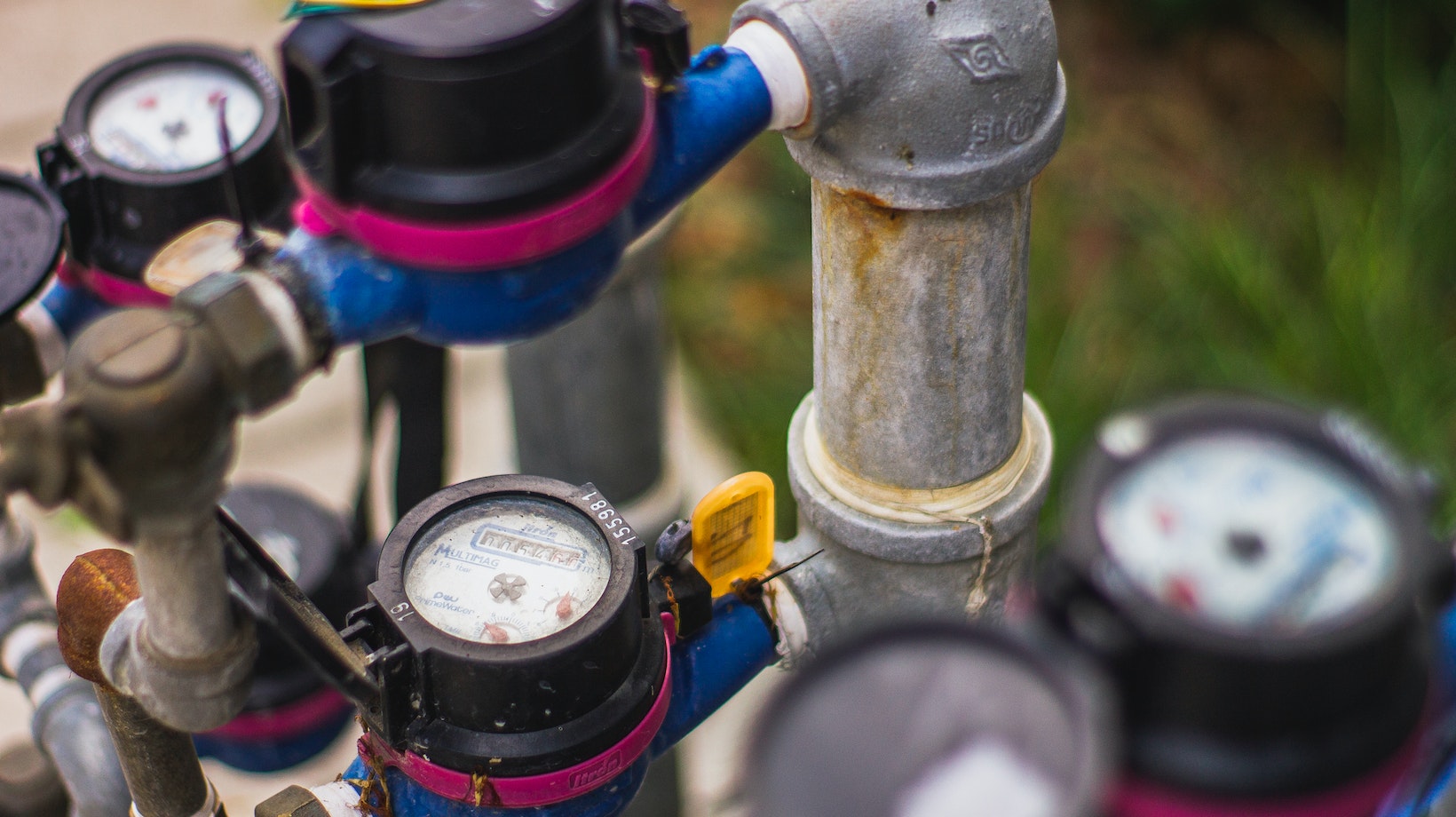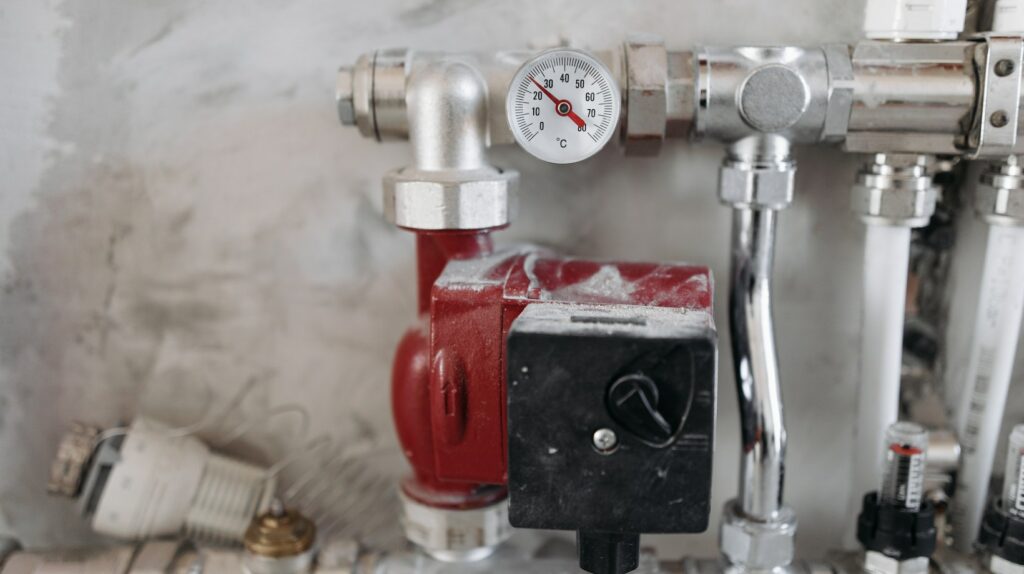When it comes to plumbing systems, two important components that help prevent water contamination are backflow preventers and vacuum breakers. These devices play a crucial role in maintaining the safety and integrity of our water supply. But what exactly is the difference between a backflow preventer and a vacuum breaker?
A backflow preventer is designed to stop the reverse flow of contaminated water into the main potable water supply. It consists of check valves that allow water to flow in only one direction, preventing any unwanted backflow. This is especially important in situations where there is a risk of cross-connection, such as irrigation systems or fire sprinkler systems connected to the same water source as drinking water.
On the other hand, a vacuum breaker serves a slightly different purpose. It prevents the formation of siphonage by introducing air into the system when there is negative pressure. Negative pressure can occur when there is a sudden drop in pressure or when water is being drawn from higher elevations. By allowing air into the system, the vacuum breaker breaks the siphon effect and prevents any potential contamination.
Contents
Table of Contents
ToggleUnderstanding Backflow Preventers
Backflow preventers are designed to safeguard against the unwanted reversal of flow in a plumbing system. They feature a complex mechanism that prevents contaminated water from flowing back into the clean water supply. On the other hand, vacuum breakers are simpler devices that create an air gap to interrupt any potential backflow.
One key distinction is their application. Backflow preventers are commonly used in industrial and commercial settings where there is a higher risk of cross-connection or contamination. Vacuum breakers, on the other hand, are often found in residential settings or smaller-scale applications like garden hoses or irrigation systems.
How backflow preventers work
To fully grasp the importance of backflow preventers, it’s crucial to understand how they function. These devices utilize various mechanisms such as check valves and air gaps to maintain one-way flow within a plumbing system.
Check valves play a vital role in preventing reverse flow by allowing water to pass through in one direction only. They consist of a hinged flap or spring-loaded disc that opens when water flows forward but closes tightly if there is any attempt at backward flow.
Another crucial component is the air gap, which creates physical separation between potentially contaminated water sources and clean drinking water supplies. This open space allows for atmospheric pressure to act as a barrier against any possible back-siphoning or contamination.

Backflow Preventer vs Vacuum Breaker
When it comes to protecting our water supply from contamination, backflow preventers play a vital role. These devices are designed to prevent the reverse flow of water, ensuring that contaminated water doesn’t mix with clean water in plumbing systems. There are different types of backflow preventers available, each serving a specific purpose and catering to different applications.
Choosing the right backflow preventer for your needs
Selecting the appropriate backflow preventer for a specific application depends on various factors, including the level of risk, local regulations, and the type of contaminants present. It’s crucial to consult with a qualified professional or local authorities to determine the most suitable option for your situation.
Vacuum Breakers Explained
When it comes to plumbing systems, ensuring the safety of our water supply is of utmost importance. This is where vacuum breakers come into play. In this section, I’ll explain what vacuum breakers are and how they differ from backflow preventers.
- What is a Vacuum Breaker?
A vacuum breaker is a device designed to prevent the reverse flow of contaminated water into a potable water system. It acts as a barrier that allows air to enter the plumbing system, breaking the vacuum and preventing any potential backflow.
- How Do Vacuum Breakers Work?
Vacuum breakers operate on a simple principle – they create an air gap between the water outlet and the potentially contaminated source. When there’s a sudden drop in pressure within the plumbing system, such as during a water main break or when using a hose connected to an outdoor faucet, the vacuum breaker opens up and allows air to enter.
This influx of air breaks the vacuum, stopping any contaminated water from flowing backward into the clean water supply. Once normal pressure is restored, the vacuum breaker closes tightly to maintain its protective barrier..
In conclusion, vacuum breakers play a crucial role in safeguarding our water supply by preventing backflow contamination. They provide a cost-effective solution for protecting individual fixtures and equipment. However, for comprehensive backflow prevention at the main service lines or in high-risk commercial settings, backflow preventers are typically the preferred choice.
Remember to consult with a licensed plumber or local plumbing codes to determine which device is best suited for your specific needs.

